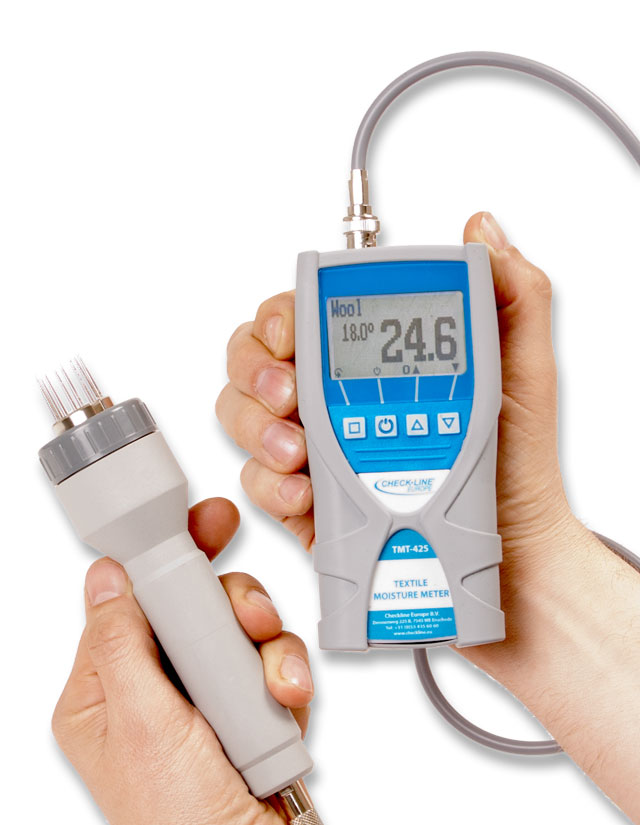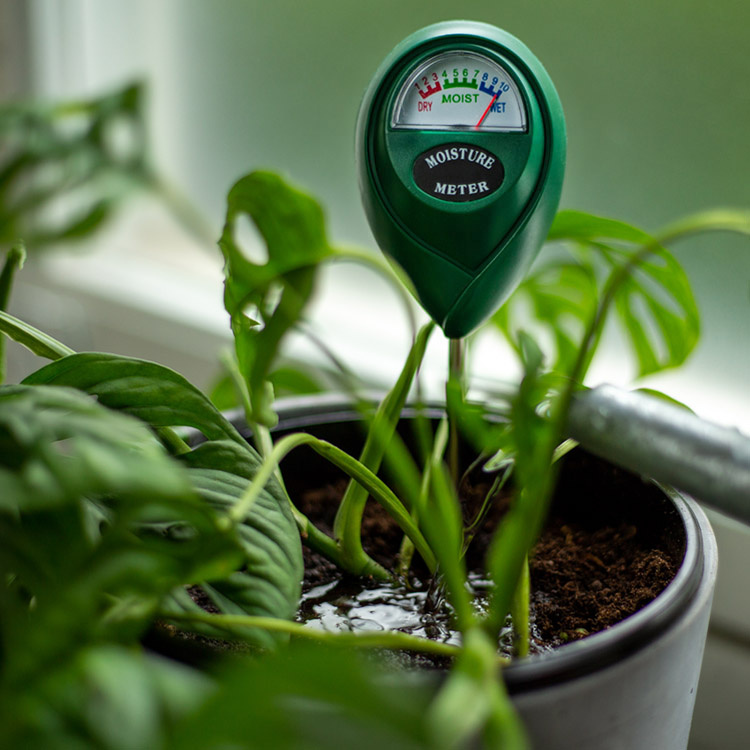Recognizing the Various Kinds Of Moisture Meters and Their Applications
Wiki Article
Recognizing the Relevance of a Moisture Meter in Protecting Against Mold and Water Damage in Your Home
In the world of home maintenance, the visibility of moisture can usually be a quiet yet awesome foe, capable of causing prevalent mold and mildew growth and dangerous water damages if left unattended. Recognizing the significance of a wetness meter in this fight is not merely a choice yet a strategic need.Value of Moisture Detection
Effective dampness detection approaches are critical for protecting properties and avoiding prospective mold growth and water damage. Dampness can leak right into different building materials, resulting in architectural problems and carcinogen. By utilizing a dampness meter, homeowner can proactively determine areas prone to excess moisture, enabling timely treatment and mitigation techniques.Moisture meters provide accurate readings of moisture levels in various products such as concrete, drywall, and timber. This data aids in identifying areas of concern, even in hard-to-reach or hidden locations. Early detection of wetness buildup allows punctual repair services or changes to stop more damages.

Exactly How Moisture Meters Work
Wetness meters play a critical duty in the aggressive recognition of excess dampness, helping in the avoidance of prospective mold development and water damage by supplying exact analyses of wetness degrees in numerous building products. These devices work based on various concepts, relying on their kind. Moisture Meter. Pin-type wetness meters, for instance, have two pins that penetrate the material to determine the electric resistance in between them. When dampness exists, it boosts the product's conductivity, leading to a reduced resistance analysis. Pinless wetness meters, on the other hand, usage electromagnetic sensing units to check the product without causing damages. These sensing units emit electromagnetic signals that permeate the product and determine the dielectric residential or commercial properties, indicating dampness web content. Some progressed wetness meters combine both pin and pinless technologies for extensive wetness discovery. Understanding just how moisture meters feature is vital for precise and timely wetness level evaluations, making it possible for efficient safety nets versus mold and mildew and water damage.Detecting Early Indication
Upon initial examination of a building, identifying subtle signs of excess wetness ends up being critical in the very early discovery of potential mold growth and water damage. Some common very early warning indications include moldy smells, water stains on ceilings or walls, peeling off paint or wallpaper, and distorted or stained surface areas. Moldy smells frequently suggest the existence of mold or mildew, even if no visible indications appear. Water stains can indicate leaks or seepage, while peeling paint or wallpaper may be an outcome of wetness jeopardizing the attachment of these products to the surface. Deformed or discolored surface areas, such as buckling floorboards or discolored drywall, are clear indications of water damage. In addition, an increase in allergy signs and symptoms or breathing problems among passengers might recommend the presence of mold and mildew as a result of excess moisture. By quickly determining and resolving these very early caution signs, homeowners can alleviate the danger of considerable mold and mildew growth and water damage in their properties.Preventing Mold Development
Recognizing early caution indicators of excess dampness within a property not just enables prompt discovery of potential mold and mildew development and water damage but likewise functions as a positive step in protecting against the proliferation of mold and mildew. To properly protect against mold and mildew development, it is critical to resolve any kind of resources of moisture without delay. This can consist of repairing leaks in windows, pipes, or roofings, guaranteeing appropriate ventilation in moist areas like washrooms and kitchens, and utilizing dehumidifiers in high-humidity areas. On a regular basis maintaining the building and evaluating's pipes, roof, and gutters can also assist in stopping water intrusion that might click here to find out more lead to mold growth.
In addition to addressing moisture sources, keeping interior humidity levels listed below 60% can significantly inhibit mold growth. Appropriate air flow, adequate insulation, and making use of air conditioning unit or fans can aid manage interior moisture degrees. Monitoring wetness levels in locations susceptible to dampness, such as basements and creep spaces, using a dampness meter can additionally aid in early discovery of raised wetness degrees and potential mold development. By taking positive procedures to stop excess wetness and mold development, property owners can protect their residential property and indoor air high quality.
Benefits of Regular Monitoring
Routine surveillance of moisture degrees in a property can play a vital function in maintaining a healthy indoor atmosphere and stopping prospective mold and water damages. By frequently inspecting moisture levels, property owners can find any type of problems quickly and take required activities to stop mold development and water damages. One of the crucial advantages of regular monitoring is early discovery. By determining and dealing with high moisture levels at an early stage, property owners can step in prior to mold has the possibility to spread and develop. This positive technique can save both time and money over time by stopping substantial mold remediation and fixing prices.In addition, regular monitoring enables property owners to track patterns and patterns in dampness degrees over time. Eventually, the constant monitoring of wetness degrees encourages house owners to safeguard their property, guard their health, and preserve the honesty of their interior environment.

Verdict

By making use of a moisture meter, residential or commercial property proprietors can proactively determine locations vulnerable to excess moisture, allowing for timely intervention and reduction strategies.

Checking wetness degrees in areas prone to moisture, such as basements and creep areas, utilizing a moisture meter can additionally aid in very early discovery of check raised wetness levels visit site and prospective mold and mildew development. (Moisture Meter)
Report this wiki page